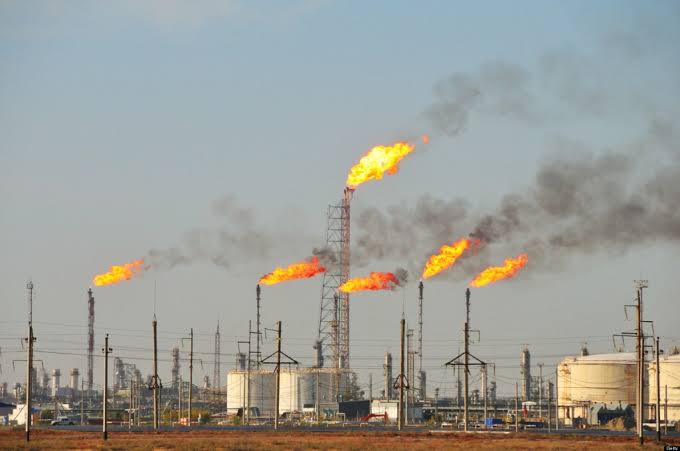Chiemelie Ezeobi
The World Meteorological Organization (WMO) has warned that extreme heat is reaching unprecedented levels worldwide, causing hundreds of thousands of preventable deaths each year and placing critical infrastructure under strain.
“Extreme heat is sometimes called the silent killer, but with today’s science, data and technologies, silence is no longer an excuse. Every single death from extreme heat is preventable,” said WMO Deputy Secretary-General Ko Barrett.
The WMO is strengthening early warning systems through its Early Warnings for All initiative, working with global and local partners to develop heat–health action plans and ensure at-risk populations receive timely alerts. It is also one of ten UN agencies supporting the Secretary-General’s Call to Action on Extreme Heat, which seeks to improve global cooperation through economic and social policy, with a central aim of limiting global warming to 1.5°C above pre-industrial levels in line with the Paris Agreement.
According to joint WMO and World Health Organization (WHO) estimates, expanding heat–health warning systems in 57 countries could save nearly 100,000 lives each year. Between 2000 and 2019, extreme temperatures caused about 489,000 heat-related deaths annually, with 36 per cent in Europe and 45 per cent in Asia.
“Our Network is connecting science, policy, and action so that no community is left behind in the race to adapt to climate change that will continue to worsen extreme heat for years to come,” said Joy Shumake-Guillemot, lead of the WHO–WMO Climate and Health Joint Programme and co-lead of the Global Heat–Health Information Network. “This is not just a climate issue, it’s a public health emergency.”
The WMO confirmed that July 2025 was the third-warmest July on record, behind 2023 and 2024. In Europe, Sweden and Finland experienced unusually long spells above 30°C (86°F), while Southeast Europe faced both heatwaves and wildfires. Türkiye recorded an extreme new national high of 50.5°C (122.9°F).
In Asia, July temperatures exceeded seasonal averages across the Himalayas, China and Japan. The heat persisted into August, with temperatures over 42°C (107°F) in West Asia, southern Central Asia, the southwestern United States, much of North Africa and southern Pakistan. Some areas topped 45°C (113°F).
Parts of southwestern Iran and eastern Iraq recorded temperatures above 50°C (122°F), disrupting electricity and water supplies, schooling and labour. Morocco issued warnings for up to 47°C (116°F), while Korea declared widespread alerts and temperature records fell in parts of China. In Japan, a new national record of 41.8°C (107.2°F) was set on 5 August, surpassing the 41.2°C record from the previous week.
The World Meteorological Centre in Beijing forecasts persistent heatwaves in the same regions, as well as the Iberian Peninsula and northern Mexico, in the coming week. Maximum temperatures are expected between 38°C and 40°C (100.4–104°F), with parts of Saudi Arabia, Iraq, Iran, North Africa and the southwestern US likely to exceed 45°C (113°F).
The post UN Weather Agency Warns of Record-breaking Heat and Preventable Deaths appeared first on THISDAYLIVE.



